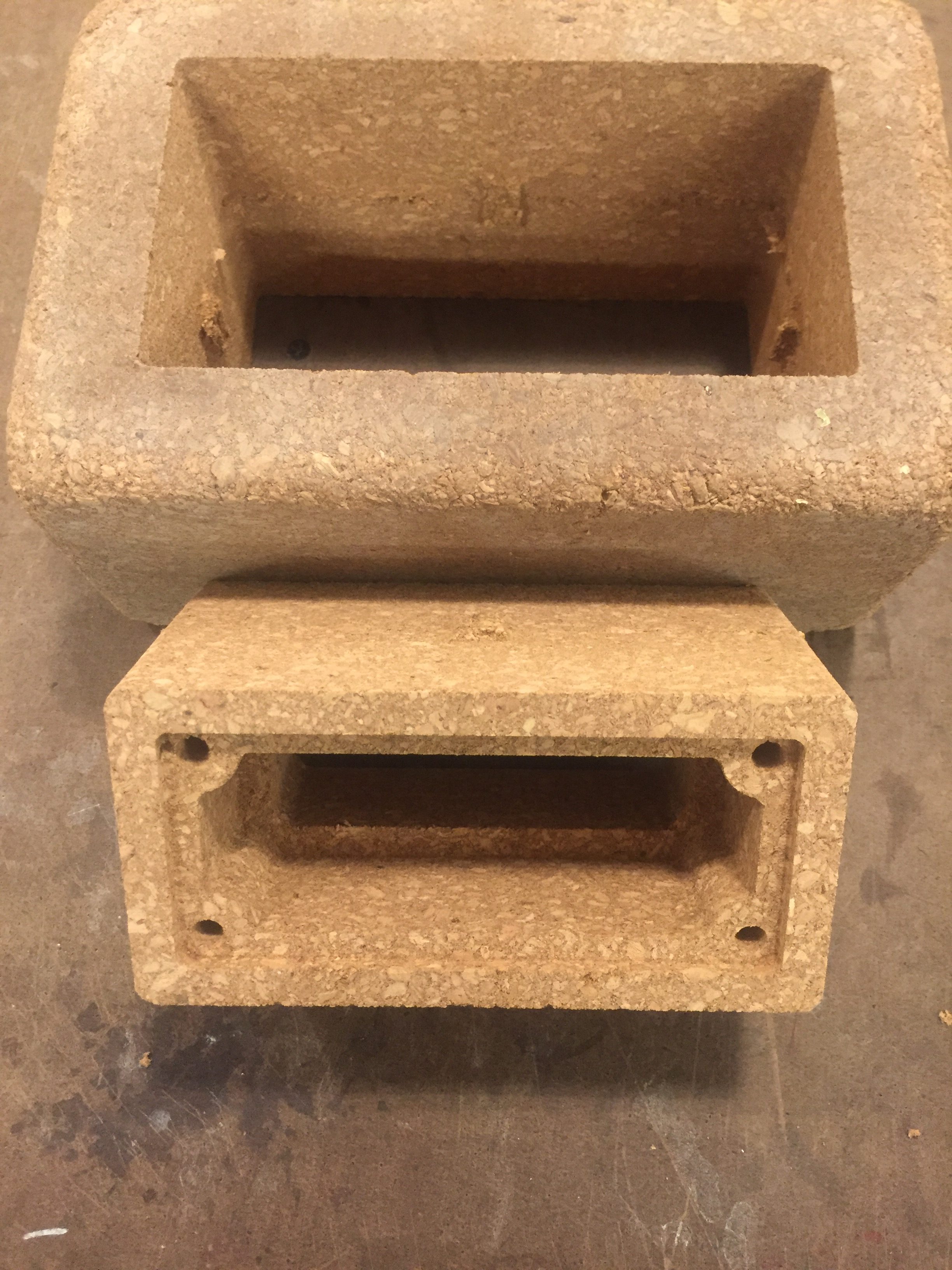Assembling all the tools:

Dowel pin hole drilled, circle jig attached

First pass through, realizing the plywood was super cheap--there is a void going throughout the board that caved from the pressure of my hand on the jig

Mounting the board to a second ply board so I can go all the way through without a router table

At this point I had a reasonably nice circle, and was planning to make some designs on it and round the edges. Turns out we don't have a round over bit though

Measuring circle diameter in order to add more peg holes for the jig. I should've spent more time doing this instead of basically eyeballing it.

Holes cut, pin added

First pass on one side, realizing that I'm essentially going to be making a yin-yang.

Second pass on the other side. This is where the results of my inaccurate measuring are more apparent.

At this point, I've got a yin-yang and I want to do something with the edges.

Without no router table available, I tried to mount the circle to the edge of the table, route a section, and spin it to the next. Not the best choice. You can see how rough the cuts are in this photo.

It was already ugly, but I wanted to take this a step further by routing the other side to create a super tapered edge...bad idea. I ended up losing chunks of plywood as I was going and stopping about halfway through because it was so bad.

All in all, I didn't make anything worth keeping, but it was definitely a learning experience. Using the circle jig provided a ton of stability and control, while trying to freehand the edges proved difficult without the right equipment (table). I'd definitely like to try that again when I have access to a router table, but for now I think just creating channels in wood could be an interesting way to hide lighting/cables.






















































































































